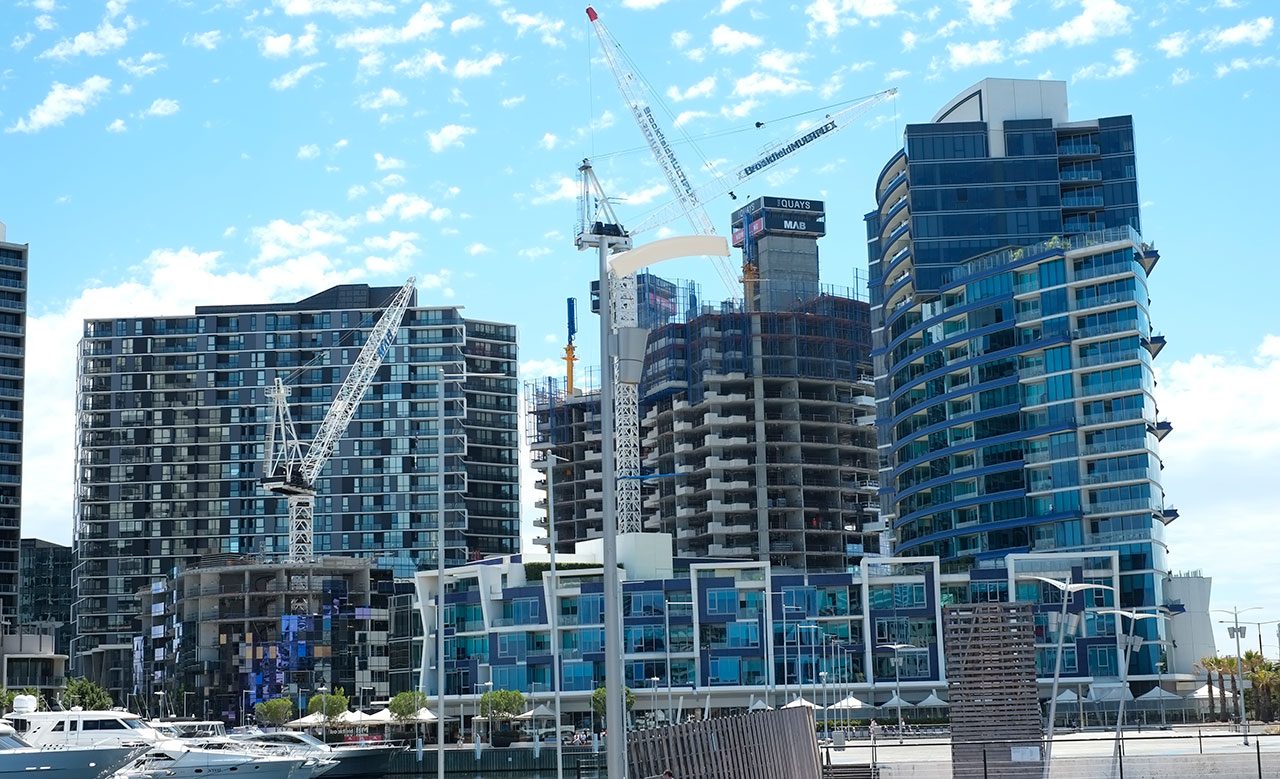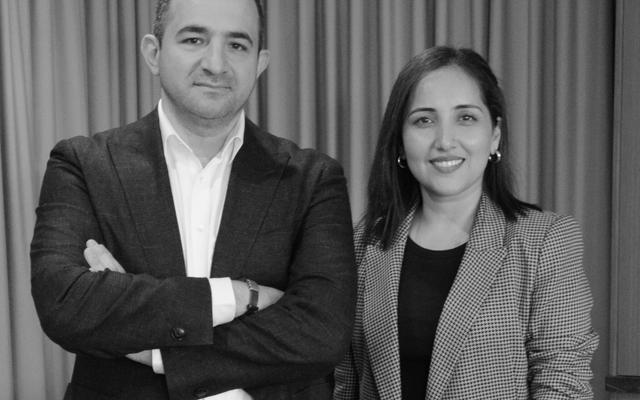This article is from the Australian Property Journal archive
MELBOURNE is gearing up for a second construction boom with 110 projects underway worth in excess of $42 billion, according to Savills.
Savills’ state sales director Clinton Baxter said the current construction boom, which has produced a record 160 cranes on the skyline – mostly on new apartment towers, will enter the second phase with a new round of residential towers, hotels as well as at least $20 billion of infrastructure projects including Melbourne Metro railway and Flinders St station.
“The stimulus provided by all of this development and new infrastructure is driving a whole new level of investment in Melbourne in all sectors of the commercial property market including office and retail assets, subdivision land, car parks, shopping centres, hotels and development sites, and investor confidence in Melbourne is soaring as a result.
“Obviously we’re experiencing a massive rush of capital into our market from interstate, China, Malaysia and Singapore, but the attraction of Melbourne has now spread globally with assets being sold to international interests from Canada, the Netherlands, UK, USA, India and New Zealand. We’ve also had investors out from Botswana, Indonesia, Germany, Russia, Vietnam, Korea and Japan scouring the Melbourne market for opportunities,” Baxter said.
Savills’ analyst Mark Stafford said the five-year long apartment construction boom is set to step up a gear led by Australia 108 in Southbank, the 92-level Aurora Melbourne, along with further 20 plus skyscrapers in excess of 200 metres in height in pre-sales or early stages of development.
He said a boom in hotel construction was also underway as local and international hotel operators scrambled to take advantage of the record high room occupancy rates throughout the city.
Stafford said the 110 projects totalling $42.035 billion and ranging from $25 million to $11 billion included:
| Government Projects | |
| Melbourne Metro Rail | $11 billion |
| Eye and Ear Hospital redevelopment | $155 million |
| Melbourne Park Redevelopment – Stage 2 | $338 million |
| Flinders St Station upgrade | $100 million |
| Major Apartment / Commercial Developments | |
| 250 Spencer St | $750 million |
| 350 Queen St | $750 million |
| 447 Collins St | $1.25 billion |
| 80 Collins St | $550 million |
| 477 Collins St | $500 million |
| Collins Square | $500 million |
| 93–119 Kavanagh St | $1.5 billion |
| Melbourne Quarter | $1.9 billion |
| 17-21 Harcourt Parade | $600 million |
| 54 A’Beckett St | $500 million |
| 70 Southbank Boulevard | $900 million |
Baxter said the most significant drivers for international investors were Melbourne’s rapid population growth, its most liveable city status and the student/education sector.
“The low Australian dollar is the icing on the cake, making the investment rationale extremely compelling,” he added
Baxter said following a slow start in the role, Victorian Planning Minister, Richard Wynne, had also played a major role in rapidly restoring confidence in the development sector with a spate of major new apartment tower approvals throughout the CBD, Docklands, Fishermans Bend and Southbank.
“Inner Melbourne is maturing rapidly, Docklands is filling fast, our population is set to double to eight million by 2050, student and tourist numbers are rapidly trending upwards, tens of thousands of construction jobs are being created, which in turn fuels housing and retail spending, and all levels of government are actively promoting development in the inner urban area.
“We limited our assessment to larger projects within just two kilometres of Melbourne’s CBD. When you take into account all the projects throughout the whole metropolitan area, plus additional major infrastructure investment such as the Melbourne Airport and Port of Melbourne expansions, the weight of investment into Melbourne’s growth is absolutely enormous and extremely exciting for all market participants.
“Melbourne is firmly on the map for global investors, and with so much scheduled growth, we are already experiencing the emergence of a second wave of international investment.” Baxter concluded.
Australian Property Journal




